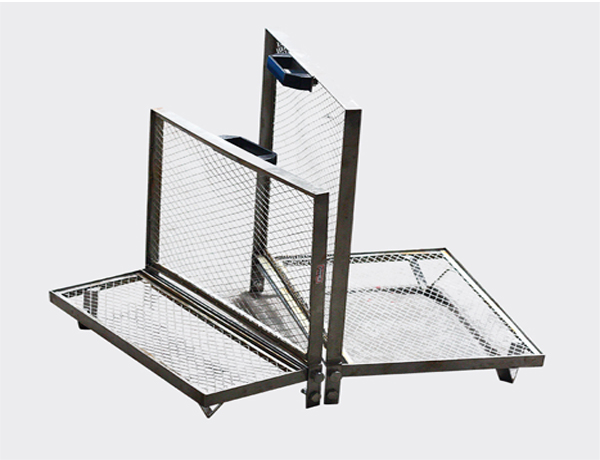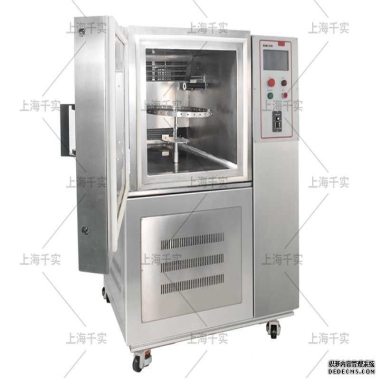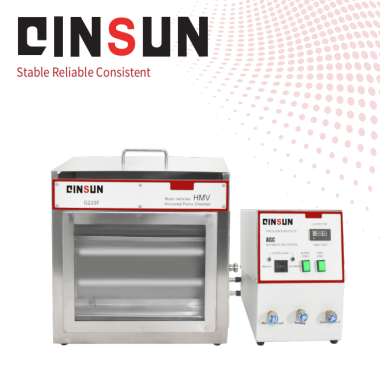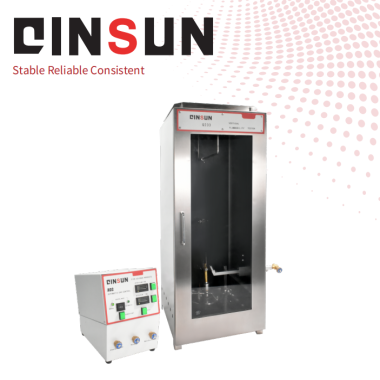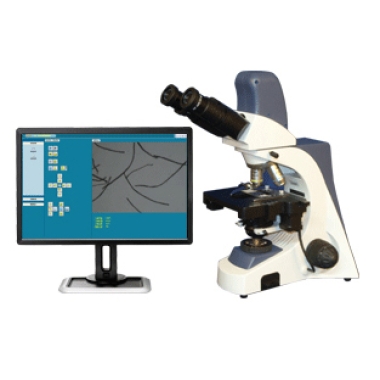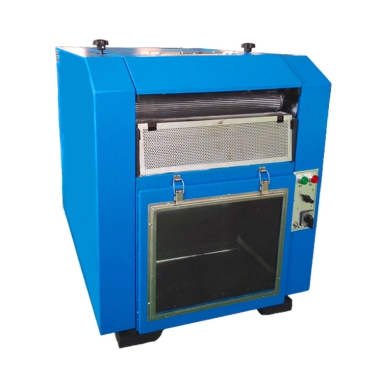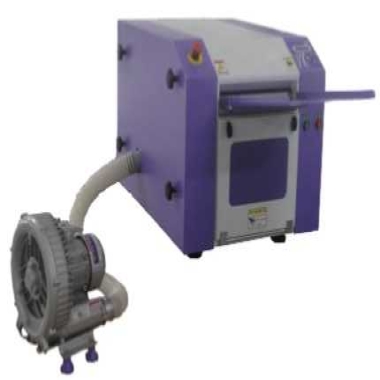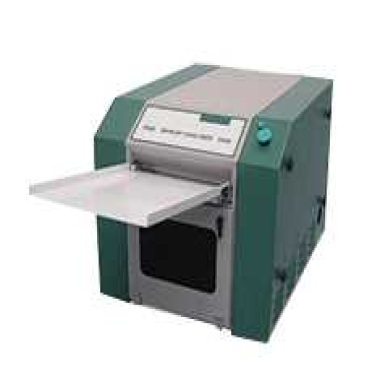Automobile seat center of gravity measuring tester
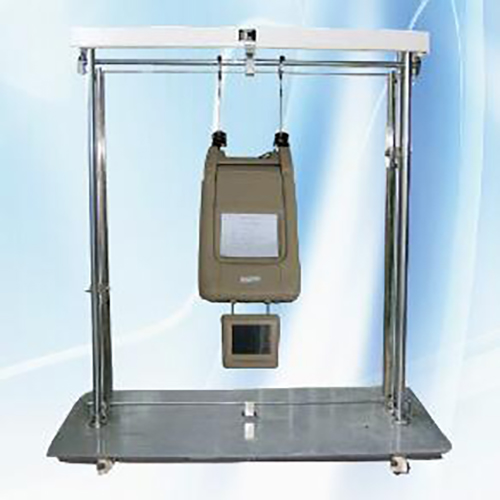
Compliance Standards
- ISO 4130 (Road vehicles - Center of gravity determination)
- SAE J287 (Driver Hand Control Reach)
- FMVSS 207 (Seat Systems)
- VW PV 3929 (Seat Mass Properties)
- GMN10246 (GM Seat Mass Distribution)
Technical Parameters
| Parameter | Specification |
|---|---|
| Measurement Range | X/Y/Z: ±500mm |
| Resolution | 0.1mm (Linear) 0.01° (Angular) |
| Max Load Capacity | 500kg (±0.05% FS) |
| Tilt Range | ±30° (Pitch/Roll) |
| Temperature Control | -40°C to +85°C |
| Data Sampling | 100Hz (3-axis synchronized) |
Key Features
- 6-DOF mass property calculation
- Automated tilt compensation system
- H-point detection (SAE J826)
- CAD data correlation interface
- Dynamic inertia measurement
Measurement System
| Component | Technology | Accuracy |
|---|---|---|
| Load Cells | Strain gauge array | ±0.1% FS |
| Angle Sensors | Laser interferometry | ±0.01° |
| Positioning | Linear encoder system | ±0.05mm |
Test Capabilities
- Static CoG determination
- Mass moment of inertia
- Thermal expansion analysis
- Occupant weight simulation
- Vibration-induced CoG shift
Standard Configuration
- Modular test platform (1000×1500mm)
- Adjustable seat mounting fixtures
- Environmental control chamber
- CoGSoft Pro analysis suite
Automotive Options
- Crash simulation package
- Active seat motor compensation
- 3D point cloud scanner
- Vehicle dynamics integration
Safety Systems
- Automatic load balancing
- Over-tilt mechanical lock
- Emergency power cutoff
- Seismic restraint mounts

Note:QINSUN is very in place for textile testing and quality control,we have our own textile testing lab. Our textile testing equipment and testing methods are in the leading position in the industry. We have passed the textile testing certification and iso textile testing standards issued by a number of testing,We can provide textile testing equipment pdf manual. Sufficient inventory, big discounts, limited time promotion, Order now!
Leave Message Get Price



